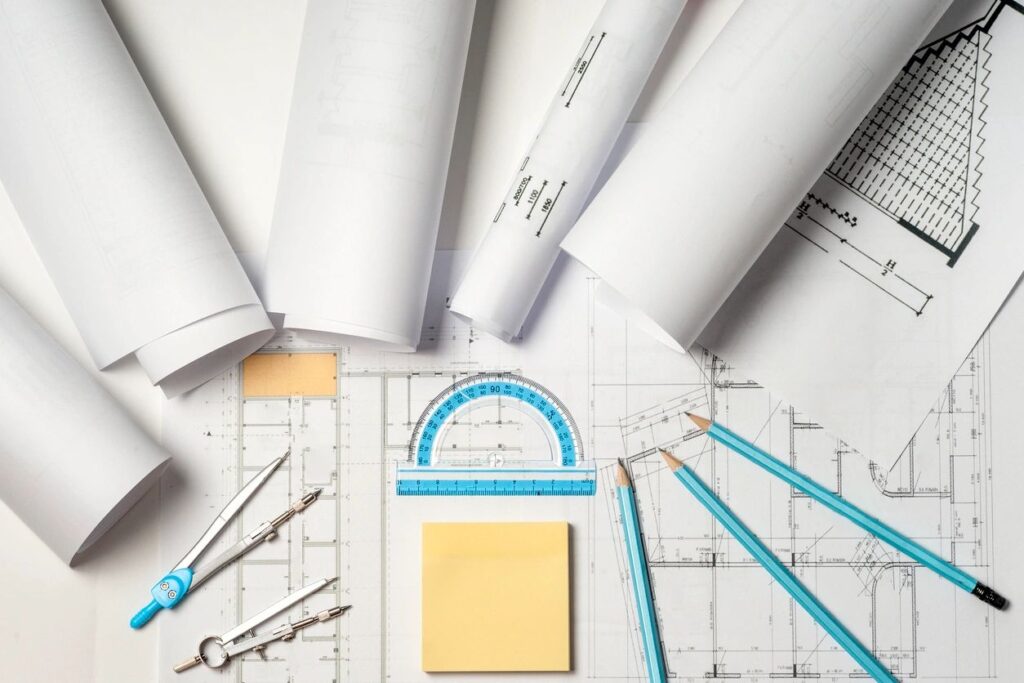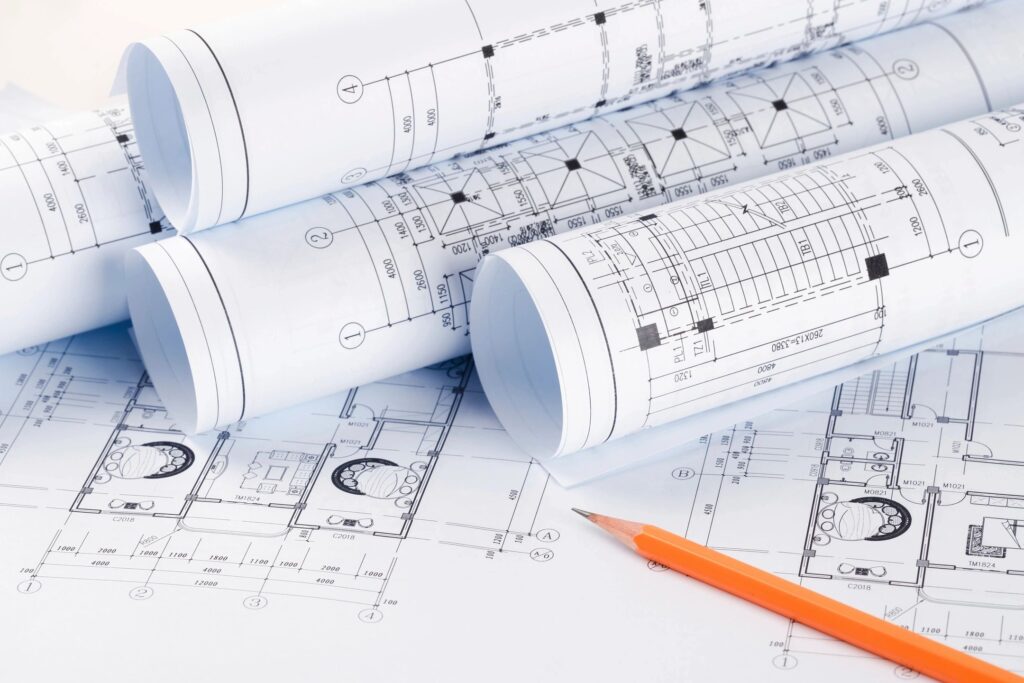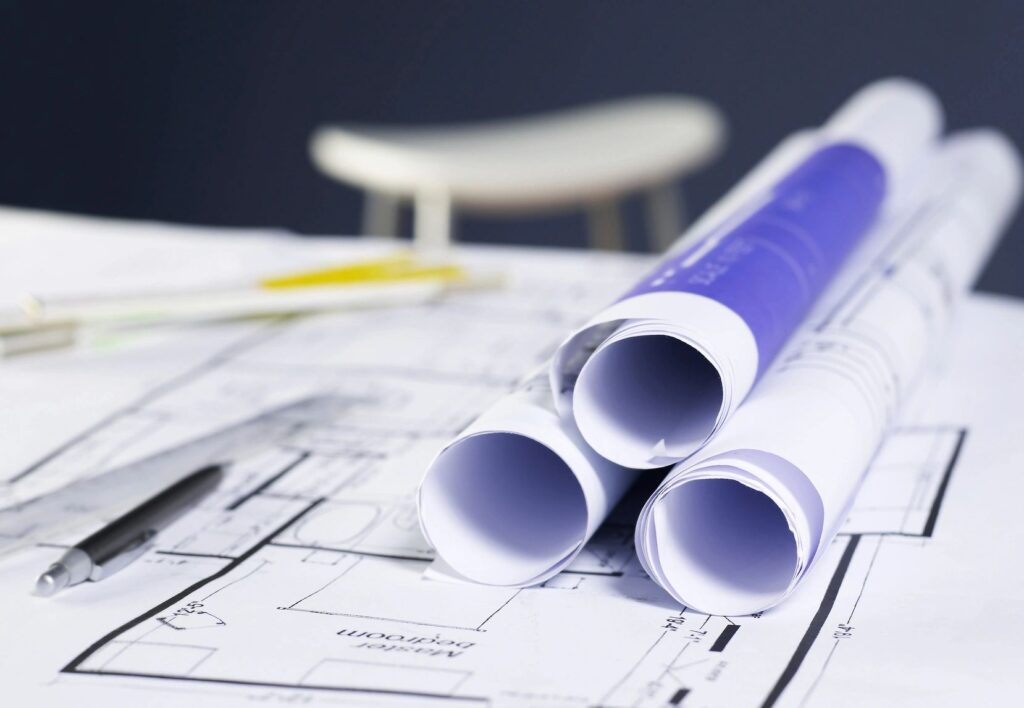Architectural Review Board
- Architectural Review Board
- The Architectural Review Board receives, reviews, and decides whether an ARC application is in accordance with the Architectural Guidelines. The Architectural Guidelines were drafted consistent with the covenants in the Declaration of Covenants, Conditions, and Restrictions to maintain the aesthetic integrity of our community. All exterior changes to Lots must be submitted in writing to the Architectural Review Board for approval. Please refer to the Architectural Guidelines for the details, including the Application and Review Procedures.
- The composition and work of the Architectural Review Board is defined in Article V of the Declaration of Covenants, Conditions, and Restrictions of Lake Terrapin.
- Article V – Architectural Control
- Section 2 states that “the Architectural Review Board shall be comprised of three (3) or more members appointed by the Board of Directors. Members shall serve staggered three (3) year terms as determined by the Board of Directors.”
- Membership and size of the Architectural Review Board is further defined in Section 1.4 of the 2015 Resolution of the Board of Directors of the Lake Terrapin Homeowners Association Approving the Amendments to the Design Rules & Regulations adopted on March 25, 2015.
Architectural Review Board Membership:
Members of the Architectural Review Board ensure that upgrades and improvements to properties meet with the established HOA building standards.
Email [email protected] if you are interested to be nominated by the HOA Board to be a member of the Architectural Review Board.
- Review Board Chair – Michelle Edwards
- Review Board Member #2 – Josue Ruiz
- Review Board Member #3 – Daniel Hudson
- Review Board Member #4 – Larry Hallock
- Review Board Member #5 – Latanya Harris
ARB Meeting Schedule:
The Architectural Review Board is scheduled to meet the following dates in 2024:
- Dates are still to be determined for 2024 and will be posted here once selected.



Architectural Guidelines
Residents should review the current version of the Lake Terrapin HOA Design Rules and Regulations (June 1, 2015) used by the Architectural Review Board.
The primary purpose of the document is to familiarize homeowners at Lake Terrapin with the objectives, scope and application of design standards, rules, and regulations which are intended and will be employed to maintain the aesthetic appearance and environmental quality of the Lake Terrapin community. The promulgation and enforcement of design standards is intended to achieve the following objectives:
- Maintain consistency with the overall design concept for the community;
- Promote harmonious architectural and environmental design qualities and features;
- Promote and enhance the visual and aesthetic appearance of the community.
Lack of an Architectural Standard
The Architectural Guidelines is not designed to provide an all-encompassing and exhaustive list of building standards and rules. The ARB uses the Architectural Guidelines to inform their review and approval of applications. The Architectural Guidelines do not specifically provide a description of a building or construction standard, nor does it stipulate the rules of a particular type of property improvement, it does not mean the change will automatically be approved.
Architectural Review Application
An application fee of $25 must be submitted with each application. Checks should be made payable to Lake Terrapin Homeowners Association and should accompany each application. A maximum of 3 modifications may be requested per application. NOTE: If one modification is denied, the entire application is denied.
Mail the complete application and check to the address provided on the top of the application.
Click on the link to download the current version of the Lake Terrapin HOA Architectural Review Application.
Installation of Solar Panels
Lake Terrapin property owners wishing to install roof-top solar panels are required to submit an Architectural Request Form and follow the normal process in accordance to the Lake Terrapin Architectural Guidelines.
Installation of Emergency Generators
Lake Terrapin property owners wishing to install backup emergency generators are required to submit an Architectural Request Form and follow the normal process.
Typical Violations of the Architectural Guidelines
The common types of violations are related to Article VII, Exterior Maintenance, which states “Each Owner shall keep each Lot owned by him, and all improvements thereon, in
good order and repair and free of debris, including but not limited to the seeding,
watering and mowing of lawns, the pruning and cutting of all shrubbery, and the
painting (or other appropriate external care) of all buildings and other
improvements, all in a manner and with such frequency as is consistent with good
property Management.
The typical violation issued are for:
- Mold visible on the siding, trim, or brickwork.
- Trash Can is visible from the street on non-trash days.
- Missing or damaged shutters and window screens.
- Mailbox is not painted or requires repairs.
- Yard, bushes, lawn, or trees need to be maintained. This includes allowing patches of dead grass and weeds to be present in the yard and the lack of upkeep and maintenance of the lawn, to include edging the sidewalk.
Adjudication Process for Architectural Guideline Violations
The following process is followed when a residence in Lake Terrapin is reported to be in violation of one or more standards established by the Architectural Review Board.
- Step 1: The violation is observed by an inspector of the FirstService Residential Management Company. Violations can also be reported to FirstService Residential by owners, renters, or the Board of Directors. Email a detailed description and photos of the violation to Kevin Cesaro at [email protected]
- Step 2: The violation may be documented by photograph which is included in a Notice of Noncompliance along with a detailed explanation of the violation and citing the relevant Architectural Guidelines. The Notice of Noncompliance is mailed by US Postal Service to the residence.
- NOTE: The Notice of Noncompliance is always mailed directly to the owner’s address of record either the property address or official billing/mailing address provided by Owner to management company. Owners are responsible for providing their current address. If the property owner does not live at the residence, or the residence is rented, the owner of the property continues to be responsible for addressing the violation in a timely manner.
- Step 3: The Owner has fourteen days (14) to correct the violation and provide proof of correction to the FirstService Residential Management Company. The photographic proof that the violation was corrected can be emailed to the inspector Kevin Cesaro at [email protected] or sent by US Postal Service to FirstService Residential Management Company at 3975 Fair Ridge Dr Suite 210-S, Fairfax VA 22033.
- Step 4: If the violation has not been corrected in fourteen (14) days, a second Notice of Noncompliance is sent to the address of record.
- Step 5: If the violation is still not rectified after the second notice, the violation remains open until the Board of Directors has scheduled hearings. Hearings are normally twice a year unless the Board would like them done at every meeting.
- Step 6: Once a hearing is called by the Board, the Notice of Hearing with the date, time, and location of the hearing is mailed by certified letter, return receipt requested to the Owner.
- Step 7: At the hearing, the Owner has the right to be represented by counsel or bring witnesses. The hearing is a one-on-one meeting with the Board in executive session. Normally there is more than one hearing scheduled therefore after all owners have met with the Board, the Board then decides whether the Owner is in violation of the Architectural Guidelines.
- If the Board comes to the conclusion that the Owner is in violation, then the Board decides what action the Owner must take to come into compliance. The Board will decide whether to assess violation charges in accordance with Virginia Code Section 55.1-1819 and/or proceed to file an action in court to order the Owner to come into compliance or permit the Association to enter the property and correct the violation.
- Within seven (7) days of the hearing, the hearing result shall be mailed by registered or certified mail, return receipt requested to such Owner at such Owner’s address of record with the Association.
- Step 8: Fines are either a one-time $50.00 for a single violation or $10.00 per day for a continuing violation up to when the violation is corrected or ninety (90) days, whichever is longer. For example, a trash can violation may be a $50.00 fine and wood trim fixed on the 32nd days would be a $320.00 fine.
- Step 9: If a violation is still open after ninety (90) days, the Board of Directors meets with the Association attorney and decide the next steps. Next steps can include to do nothing at that time, or institute suit against the Owner.
- Step 10: If the Board decides to move forward and institutes suit against the Owner, then a judge will hold a hearing regarding the violation and decide whether to order the Owner to abate or remedy the violation or permit the Association to enter the property and make the repairs.
- According to Article VII of the Declaration of Lake Terrapin HOA, all costs related to such correction, repair, or restoration shall be a lien on the Lot and such expended costs may be collected like assessments.
- After the Association has expended the costs for the repair or restoration, the attorney files a new suit to collect from the Owner the costs that the Association had to expend to repair or restore the property and/or violation charges.
- If the Board of Directors decides instead that the homeowner is to fix the violation, then instead the judge can order the Owner to fix the violation and if the Owner fails to do so, can hold the Owner in contempt of court until the repairs have been completed.
- Step 11: After obtaining judgment for the violation charges and/or the costs to repair or restore the property, the Association will start post-judgment collections against the Owner to collect the money that is due and owing to the Association.